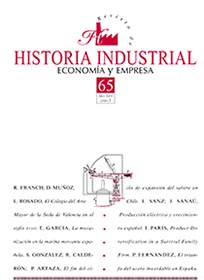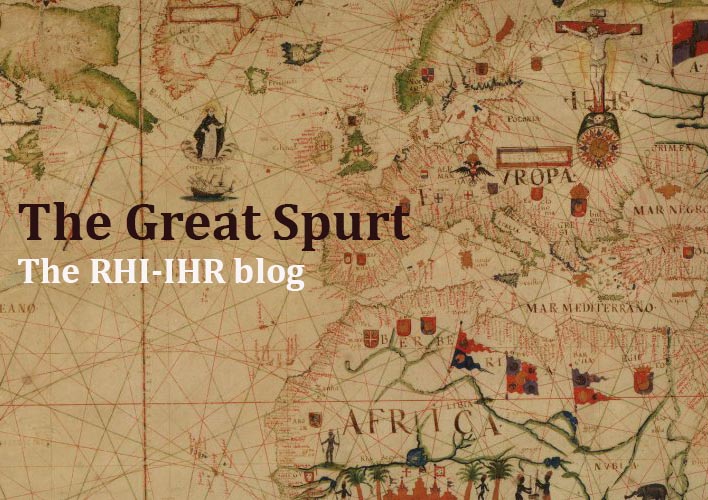The end of the expansion cycle of saltpeter in Chile: the inflection of 1919 as a structural crisis
Keywords:
Saltpeter crisis, Expansion cycle, Market of fertilizersAbstract
This article presents support for the view that the saltpetre crisis of 1919–1922 marked the end of the expansion cycle of nitrate in Chile. It also reports on the previously unknown social impact of this crisis. Even though recurrent crises and their respective peaks were a characteristic of this economy, the turning point reached in 1919–1922 had unprecedented consequences due to the definitive loss of the German market and the consolidation of synthetic nitrate. For the first time, this crisis made Chileans aware of the structural problems in its economy and the need to change the saltpetre policy established in the previous century. This paper challenges the traditional Chilean national historiography, which hadn’t considered this event as the end of the saltpetre industry, protracting its demise until the Great Depression of 1929.Downloads
Downloads
How to Cite
Issue
Section
License
We have been applying a Creative Commons Attribution license (CC-BY) since 2019, before that year we had a partial open access policy, which included open access for the first two months after publication, followed by an embargo policy for non-subscribers, as access to the last 4 published issues was restricted to journal subscribers. In contrast, early-view articles were always open access prior to publication in an assigned volume. Until 2024 the access to the last 4 published numbers was restricted to those who were subscripted to the journal.
The author assigns all rights to the publisher. Creative Commons
The author who publishes in this journal agrees to the following terms:
- The author assigns all intellectual property rights exclusively to the publisher for the entire duration of the applicable intellectual property rights.
- The publisher will distribute the texts under the Creative Commons Attribution License, which allows others to share the work, provided that they acknowledge the authorship, its initial publication in this journal, and the conditions of the license.





